In Dubuque, I met water quality specialists Dean Mattoon and Eric Schmechel who gave me some test strips to measure nitrite and nitrate concentration along the way. I have enough strips to measure these parameters every hundred miles; every time I take a microplastics water sample. So far, I have been measuring dissolved oxygen, conductance, total dissolved solids, and transparency. I am really excited to add these test strips to my regimen, and the timing couldn't be better. While I haven't measured nitrites and nitrates before now, when I measured them in Dubuque (northern Iowa), the measurements were zero and very low, respectively. As Illinois and Iowa are the states that provide the majority of these pollutants to the river, This is a fortuitous place to begin measuring for nitrogen.
Why are nitrates and nitrites important to measure? These are the chemicals (along with phosphorous) that agriculture uses as fertilizer. The fertilizer runs off into the water, along with animal waste, soil erosion, and sewage, causing algae to grow like crazy in the delta of the Gulf of Mexico near the mouth of the Mississippi River. The algae becomes so thick that it crowds out plants that expire oxygen. This creates a hypoxic (low oxygen) area where animals are not able to breath and live. The dead zone is the 2nd largest in the world, and this year was the 2nd largest measured area--larger than the state of New Jersey. In addition to devastating the ecology, this phenomenon has major negative economic consequences for Gulf fishermen who must travel farther and farther out to sea to find fish and shrimp.
Some of the solutions to nitrate and nitrite run off include (thanks to Science Education Resource Center at Carleton College)
Why are nitrates and nitrites important to measure? These are the chemicals (along with phosphorous) that agriculture uses as fertilizer. The fertilizer runs off into the water, along with animal waste, soil erosion, and sewage, causing algae to grow like crazy in the delta of the Gulf of Mexico near the mouth of the Mississippi River. The algae becomes so thick that it crowds out plants that expire oxygen. This creates a hypoxic (low oxygen) area where animals are not able to breath and live. The dead zone is the 2nd largest in the world, and this year was the 2nd largest measured area--larger than the state of New Jersey. In addition to devastating the ecology, this phenomenon has major negative economic consequences for Gulf fishermen who must travel farther and farther out to sea to find fish and shrimp.
Some of the solutions to nitrate and nitrite run off include (thanks to Science Education Resource Center at Carleton College)
- Using fewer fertilizers and adjusting the timing of fertilizer applications to limit runoff of excess nutrients from farmland [and urban fertilizer application too]
- Control of animal wastes so that they are not allowed to enter into waterways
- Monitoring of septic systems and sewage treatment facilities to reduce discharge of nutrients to surface water and groundwater
- Careful industrial practices such as limiting the discharge of nutrients, organic matter, and chemicals from manufacturing facilities
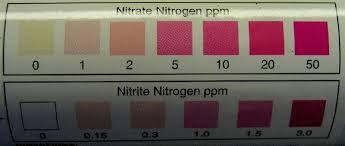
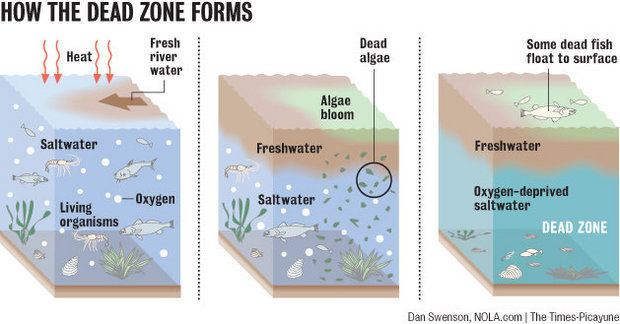
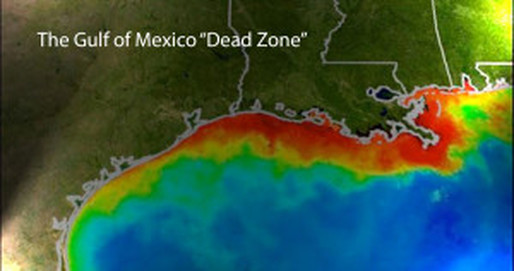
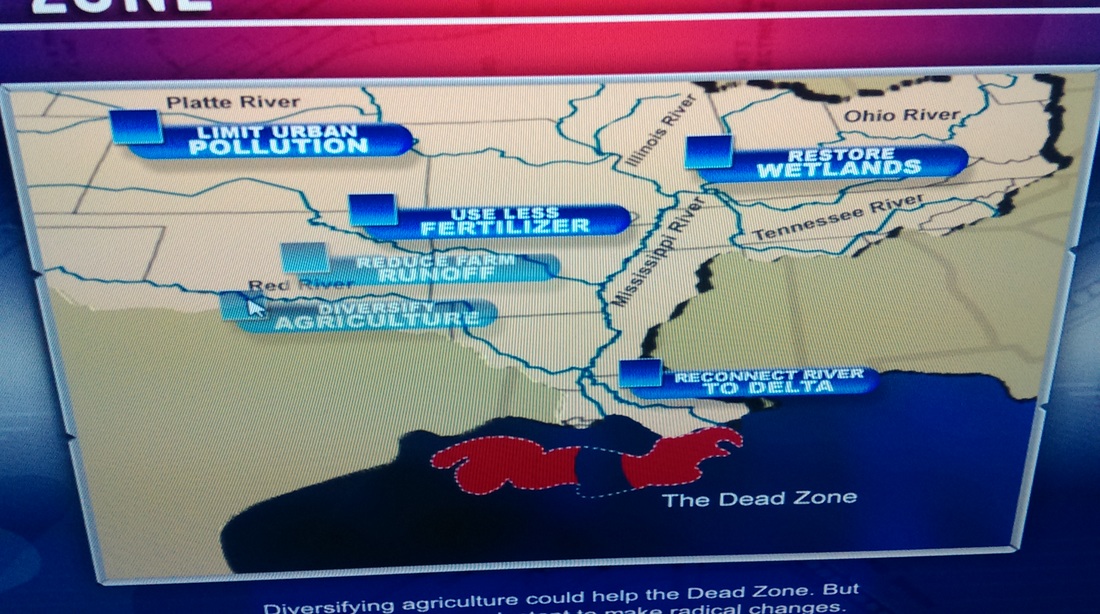
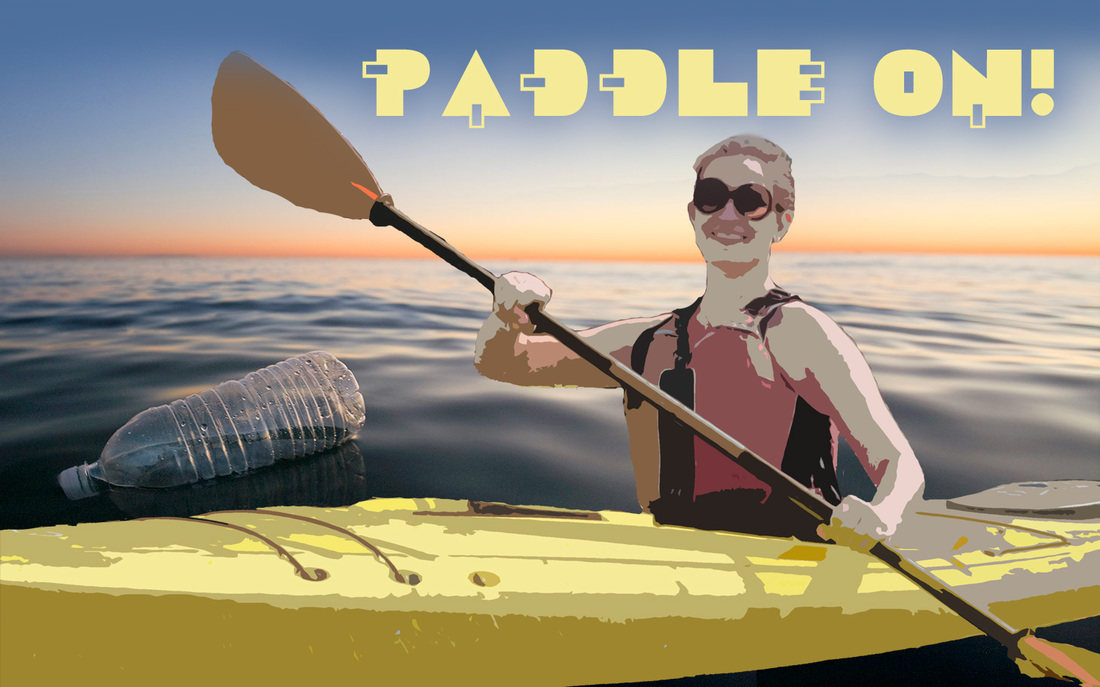
 RSS Feed
RSS Feed
